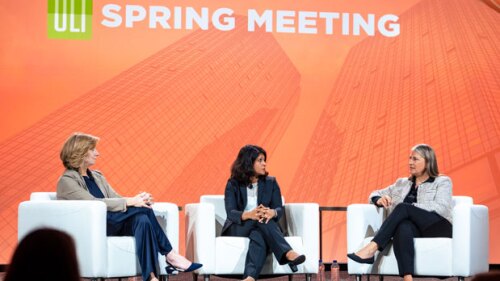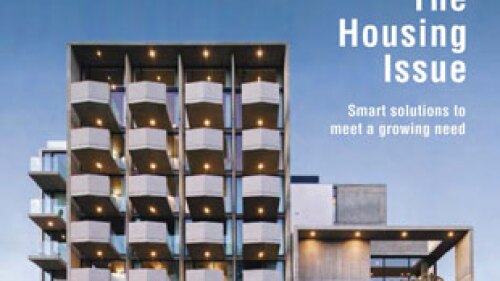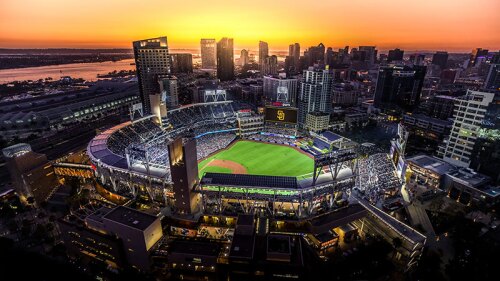| Christopher Macke |
Retail
Under the “new normal” of retailing, shopping is an “experiential” activity done in more urban settings, there are lots of un- or under-employed consumers focused on prices, and Wall Street performance correlates with retail trends—a far cry from the “old normal” from 1950-2008 when there was easy credit, shopping was a form of entertainment, brand trumped price, and access to suburban landscapes was seemingly unlimited. Jon Eisen, managing principal of The Eisen Group in Washington, D.C., offered this take on the future of retail development at an industry roundtable on commercial property and the future of retail development at ULI’s Spring Council Forum in Phoenix, Arizona, May 17.
E-commerce reached $4.1 trillion in 2009, but was still only 6-7 percent of total retail sales, and is growing at a rate of between 4-9 percent per year. According to Eisen, people like to browse on the web, but still buy at the store, although certain types of purchases (like entertainment) are more likely to be conducted over the Internet, as witnessed by the closures of Tower Records, Borders Books and Music, and Blockbuster. (WalMart’s decision to stop selling consumer electronics is another harbinger.)
Shopping centers still have tremendous value, but strong market pressures have shortened the shopping center cycle from 12 years to about 7, said Brian Jones, a retail advisor to Forest City. Just less than 50 percent of all retail sales in the U.S. are from shopping centers, which have productivity of about $450 per square foot per year. Jones advises retailer owners to improve their existing assets by differentiating products, updating design, treating their city as a partner, embracing social media, and making good tenants partners as well. Examples of successful retail redevelopments include Forest City’s expansion of the Promenade at Temecula (which added an open wing to a 2-level mall) and the “unenclosure” of Santa Monica Place to allow it to better compete with the adjacent 3rd Street Promenade.
Mixed-use remains a complicated but valuable way to keep retail sustainable by design, evidenced by Midway Companies’ CityCentre Houston project. Jonathan Brinsden of Midway encourages developers to “build a daily relationship” with customers by using restaurants, gyms and public space as their anchors to encourage people to visit frequently and spend lots of time (and money) at properties.
Commercial Barometer
Commercial real estate has gone from free fall to recovery due to limited new supply and moderate economic growth but market absorption is slowing recently, according to Christopher Macke, a senior real estate strategist at CoStar Group Inc.
Whether first quarter trends are reflective of a heady fourth quarter hangover or an economic slowdown will become more apparent in the third quarter of this year, but Macke says that for now, continued strength in the commercial market depends on private sector growth and not cutting government spending, which, contrary to claims by some political analysts, results in more private than public job growth.




